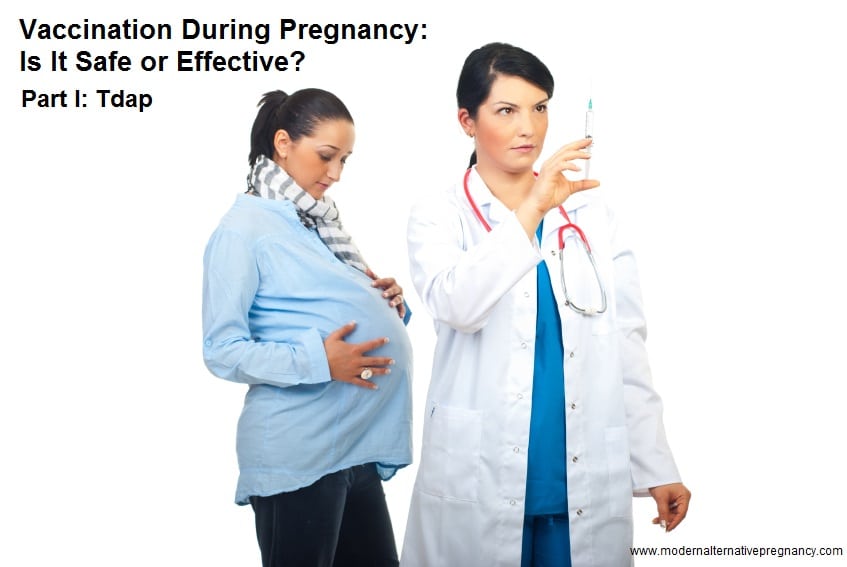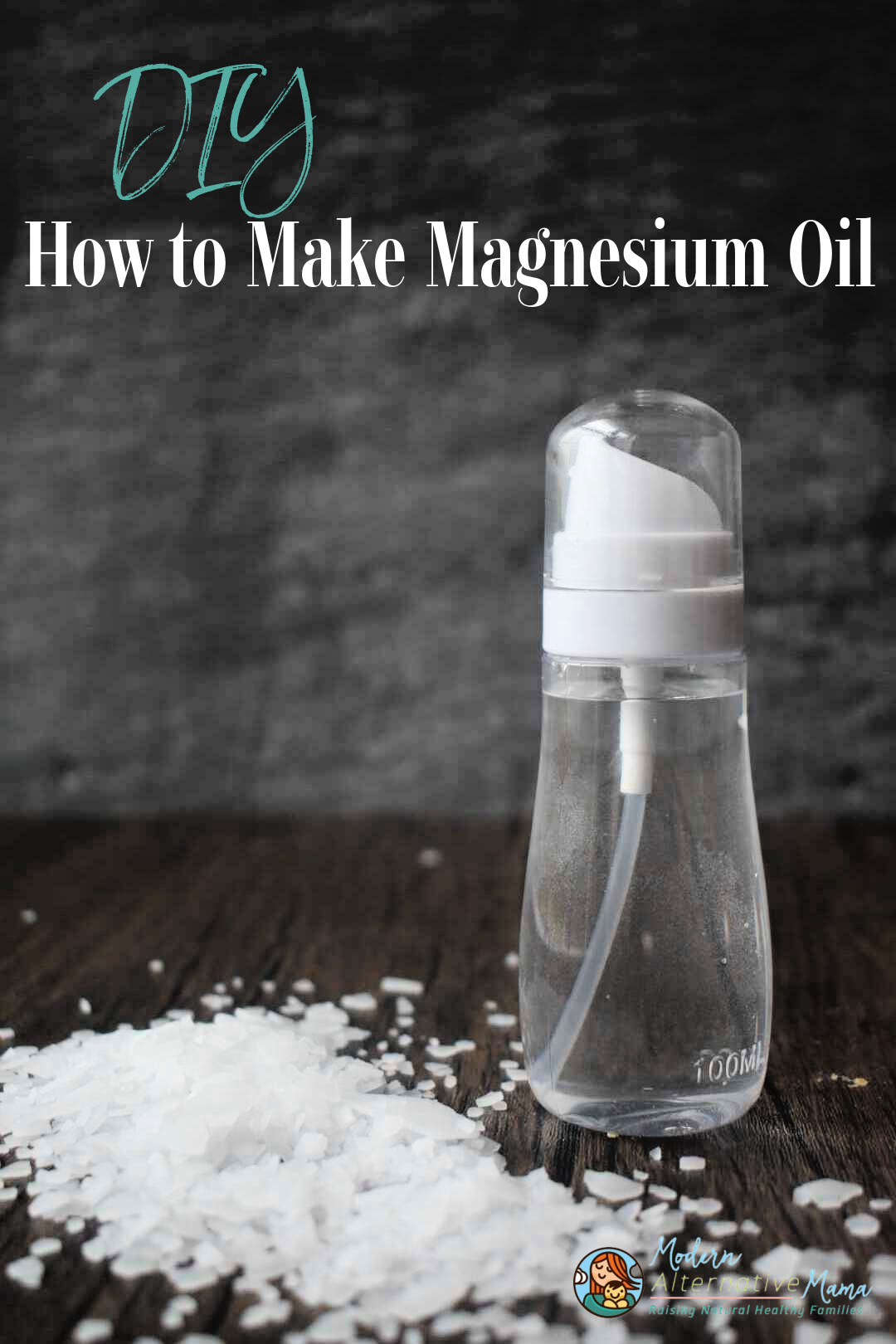Image by: justme_yo
Pregnant women in the U.S. receive more healthcare interventions today than any time in recent history. Foremost among recommendations strongly promoted in prenatal care visits are the Tdap and Flu vaccines. Today’s post, first in a two-part series, will focus on the Tdap (tetanus, diphtheria, and acellular-pertussis) vaccine.
In response to an uptick in nationwide pertussis rates, the CDC amended its Tdap recommendations in 2011 to include all pregnant women beginning in their 20th week of pregnancy. Pregnant patients in the U.S. are now strongly advised after 20 weeks gestation to receive a Tdap vaccine. But what does the available data demonstrate about the relative safety and efficacy of the Tdap vaccine for pregnant women and their babies?
Is the Tdap Vaccine Effective in preventing diseases in Pregnant Women or Their Babies?
As noted above, the blanket Tdap recommendation for all pregnant women in the U.S. is primarily in response to rising pertussis rates in infants. However it’s useful to examine all three components of the vaccine when evaluating its benefit.
Pertussis (Whooping Cough)
Pertussis, like most other infectious diseases, was highly prevalent at the turn of the 20th century in the U.S., particularly in overpopulated and economically depressed areas. Mortality rates declined sharply, in step with other communicable illnesses, as living conditions and sanitation improved between 1900 and 1950.
However, unlike most other infectious diseases, prevalence of pertussis has increased over the past decade, though mortality remains relatively quite low. In 2012 the CDC reported over 48,000 cases, the highest number since 1955. (In 1955, the U.S. pertussis mortality rate was 0.74% or 467 of 62,786 cases. Since 2002, reported cases of pertussis have tripled, but mortality rates have remained relatively constant at <=31 deaths each year, with an average annual mortality rate of 0.1%)
What is driving this resurgence in acute pertussis infections, particularly among infants? It cannot likely be increased transmission from unvaccinated people, since national vaccination rates for pertussis have remained constant over the past 15 years at approximately 95%. What else has changed?
The whole-cell DTP vaccine for pertussis was introduced for widespread use in the U.S. in the late 1940’s, and subsequently pulled from markets in Europe, Japan and the U.S. during 1990’s due to significant incidence of severe side effects and deaths. The DTP was replaced by the acellular DTaP vaccine, approved for use by the FDA in 1997, and later the Tdap for older children and adults.
Pertussis bacteria causes illness in the host by attaching to cilia in the lower respiratory tract, which in turn stimulates production of various toxins including adenylate cyclase toxin (ACT) and pertactin (PRN), among others. Numerous immunological responses are mobilized in the host which subsequently clear the infection, including humoral immunity (antibodies acting outside of cells) as well as cell-mediated responses to the pathogen. Which specific responses neutralize the infection, and how they do so, are not fully understood.
In contrast to the whole-cell vaccine, acellular vaccines deliver fragments of pertussis bacteria to stimulate an immune response in the recipient. A growing body of evidence, including the much-discussed 2013 baboon study, demonstrates that the immune response to the acellular vaccine falls short of robust natural immunity, and produces some unintended consequences.
The baboon study revealed that recipients of the acellular vaccine subsequently exposed to pertussis mounted a relatively incomplete immunological response, with milder symptoms than other cohorts, and took twice as long to clear the infection – they became asymptomatic carriers of the disease, unwittingly spreading the infection among the general population. This finding has worrying implications for a human population which has aggressively implemented a “cocooning” strategy of vaccinating everyone in close contact with vulnerable infants: the very measure employed to protect infants may in fact be increasing passive, involuntary transmission of the disease.
So is vaccination of pregnant mothers a better strategy to protect vulnerable newborns than “cocooning” them in a population of what turns out to be silent carriers? Not necessarily, given another unintended consequence of stimulating atypical and incomplete immune responses in the general population.
The acellular pertussis vaccine does not stimulate initial immune response to ACT, and seems to have facilitated the prevalence of PRN-deficient pertussis strains – rendering the response of vaccinees inefficient for these strains. A 2010 rodent study found that acellular pertussis vaccination caused a 40-fold increase in susceptibility to B. parapertussis. Other studies confirmed the increased susceptibility in human populations, and CDC data demonstrates that people who received multiple boosters were most likely to be infected. In fact it was noted during a 2013 meeting of the CDC Board of Scientific Counselors that PRN-deficient bacteria “may have a selective advantage in infecting DTaP-vaccinated persons.”
Aggressive vaccination campaigns seem to have transformed DTaP and Tdap recipients into silent, asymptomatic carriers of B. pertussis who are increasingly more susceptible to acute infections from B. parapertussis and mutated strains such as PRN-deficient B. pertussis. Tdap vaccination is of questionable benefit to pregnant mothers given these developments.
Tetanus
Tetanus is an acute, potentially fatal bacterial illness caused by exotoxin produced by the bacterium Clostridium tetani. Tetanus bacteria is not contagious and requires anaerobic conditions to survive; it is transmitted through wounds which don’t bleed adequately to oxygenate and clear the bacteria.
Incidence and mortality of tetanus also declined rapidly in the U.S. throughout the 20th century, as adequate sanitation and access to proper wound care improved. Tetanus incidence and mortality over the last two decades has been under 50 cases annually, with under 10 deaths per year – so pregnant women in the U.S. are currently at approximately 0.000016% risk of tetanus infection. However, this tremendously low risk may not have been achieved entirely through mass vaccination.
Existing research demonstrates that high titer antibody counts may not protect vaccinated patients from tetanus infection. One study revealed that intramuscular injection of tetanus toxoid may not stimulate the correct antibody response to tetanus neurotoxin in the brain, where it is needed. In fact, further evidence suggests that low-level, continuous natural exposure to tetanus bacteria generates robust immunity, while vaccination may suppress it – and tetanus vaccination has been associated with subsequent suppression of T-cell production.
In the unlikely event that a pregnant woman sustains a deep puncture wound in conditions where tetanus bacteria may be present, tetanus immune globulin (TiG) can be administered when and if symptoms are suspected. Given that actual tetanus exposure is so rare and the protective effect of the Tdap is questionable, pregnant women may not derive significant benefit from tetanus vaccination.
Diphtheria
Diphtheria is a bacterial illness primarily contracted through contact with infected people via respiration or skin lesions, and is fatal in approximately 5-10% of cases. Like other communicable diseases, diphtheria was prevalent in depressed and overpopulated areas of the United States during the turn of the 20th century, but both incidence and mortality rapidly declined as living conditions and sanitation improved between 1900 and 1950.
Extensive analysis of the utility of diphtheria toxoid protection in pregnant women isn’t really necessary here, since diphtheria is virtually non-existent in the U.S. There has been one recorded case in the U.S. with no deaths in the last two decades, so diphtheria currently presents no statistical risk for U.S. pregnant women.
Is the Tdap Vaccine Safe for Pregnant Women?
The CDC public information page on pregnancy and whooping cough asserts unequivocally that “whooping cough vaccine during pregnancy is safe for your unborn baby.” But does the volume and quality of evidence provide valid basis for this assertion, which the vast majority of U.S. healthcare providers currently uphold to the letter?
The updated 2011 CDC recommendation to vaccinate all pregnant women cites “published and unpublished” epidemiological data from VAERS, pregnancy registries maintained by Tdap manufacturers, and “several small studies” as the basis for their blanket assertion that the vaccine is universally safe for all pregnant patients. But the CDC concedes elsewhere that these passive, voluntary and vastly incomplete reporting systems are not adequate to accurately assess the true relative risk or incidence of adverse events associated with any vaccine.
In fact, the same manufacturers maintaining pregnancy registries of voluntarily submitted reports have published the following contradictory statement in their own package inserts for both the Boostrix and Adacel Tdap vaccines: “Safety and effectiveness of the vaccine have not been established in pregnant women.” Further, the inserts state that “there are no adequate and well-controlled studies in pregnant women” and the vaccine “should be given to pregnant a woman only when clearly needed.”
And what of the “small studies” presented by the CDC as proof of safety? Two studies are cited in the published recommendation, neither of which was designed to assess the safety of Tdap vaccination for pregnant women. The first study assessed whether antibodies stimulated by the Tdap administered to pregnant women were present in cord blood samples during childbirth, i.e, whether the active component of the drug was passed to the newborns. The second study evaluated only one factor: whether recent tetanus vaccination increased the incidence of self-reported adverse events within a group of healthcare personnel who received the Tdap. The study did not assess the safety of the Tdap vaccine itself, and did not specifically assess pregnant women or their newborns.
Just as the package inserts reflect, the overall safety of Tdap vaccination for pregnant women and their babies has yet to be firmly established, though it’s not unusual for incomplete or irrelevant data to be presented as evidence of safety. For instance, headlines announcing the most recent Tdap study, published October 20th, 2015, universally present the same story: “Study Says Tdap Vaccine Safe for Pregnant Women.”
What the study actually says is that pregnant mothers who were recently vaccinated for tetanus, and then received the Tdap, experienced about the same rate of several specific adverse events (up to the time of their birth) as pregnant mothers who had been less recently vaccinated for tetanus, and then received the Tdap. Again, this study only evaluated one factor: the time interval between initial tetanus vaccination and subsequent Tdap vaccination during pregnancy. It did not assess the overall safety of the Tdap for pregnant women or their babies, since there was no control group of unvaccinated women, only a few relatively minor adverse events were evaluated within narrow criteria, and there was no short-term or long-term follow up for any of the subjects.
In fact, there is compelling data suggesting the Tdap may be potentially harmful to both mother and fetus in numerous ways, aside from the unintended effect of ultimately compromising rather than enhancing immunity, as discussed above.
Tdap excipients warrant particular concern for a pregnant mother and her developing fetus. Aluminum in several forms has replaced thimerosal as a preservative in the Tdap vaccines; but aluminum is of potentially equal or greater concern to both mother and baby. Compelling evidence links aluminum exposure in utero with neurological damage, and general cumulative exposure is demonstrated to cause damage to the central nervous system. Multiple studies also demonstrate a direct correlation between exposure to aluminum adjuvants and various autoimmune disorders, and in particular macrophagic myofasciitis – a condition in which macrophages surrounding the muscle fibers form characteristic histological lesions. Electron microscopy reveals the presence of aluminum hydroxide in the lesions.
Polysorbate-80, a surfactant used in the Tdap, is also associated with oxidative stress, which may in part explain the demonstrated increase in inflammation pregnant women experience after receiving the Tdap vaccine, in particular the noted increased risk for chorioamnionitis observed in one retrospective epidemiological study of pregnant Tdap recipients compared to unvaccinated pregnant women.
Though VAERS does not present a comprehensive model to evaluate the full risk of any vaccine, it’s useful to note this review of VAERS reports for pregnant Tdap recipients. The most frequent event was fetal loss, comprising 17% of all the reports identified for the study. Also significant, combined diphtheria, pertussis and tetanus vaccines comprise the greatest number of injury claims and compensations under the Vaccine Injury Compensation Program.
There will be no complete, unequivocal picture of the relative risk Tdap vaccination poses to pregnant women or their babies until more extensive randomized controlled trials are conducted, with follow-up evaluations of both mothers and their babies. However, the incomplete data gleaned from proprietary and/or passive, voluntary reporting systems paints an ominous picture of both known and unknown potential risks of global Tdap administration to all pregnant patients.
Conclusion
The full spectrum of short- and long-term effects of Tdap vaccination in pregnant women is not known. Available evidence suggests that the intended benefits of the vaccine are not necessarily conferred, and vaccination might introduce increased risks for both the diseases it attempts to prevent as well as unknown risks from exposure to excipients. Pregnant women are wise to consider this evidence carefully when opting for or against the vaccine, and should be fully aware of their right to decline if they choose.
No patient is more vulnerable than a pregnant mother or her unborn baby, and pregnant mothers are cautioned to be very conservative with every other class of drug and intervention. Vaccination, especially when the protection conferred is neither robust nor imperative, should be no exception.








[…] /2015/11/04/vaccination-during-pregnancy-is-it-safe-or-effectiv… […]
[…] significantly beneficial for pregnant women and their babies. Today
Nice post!